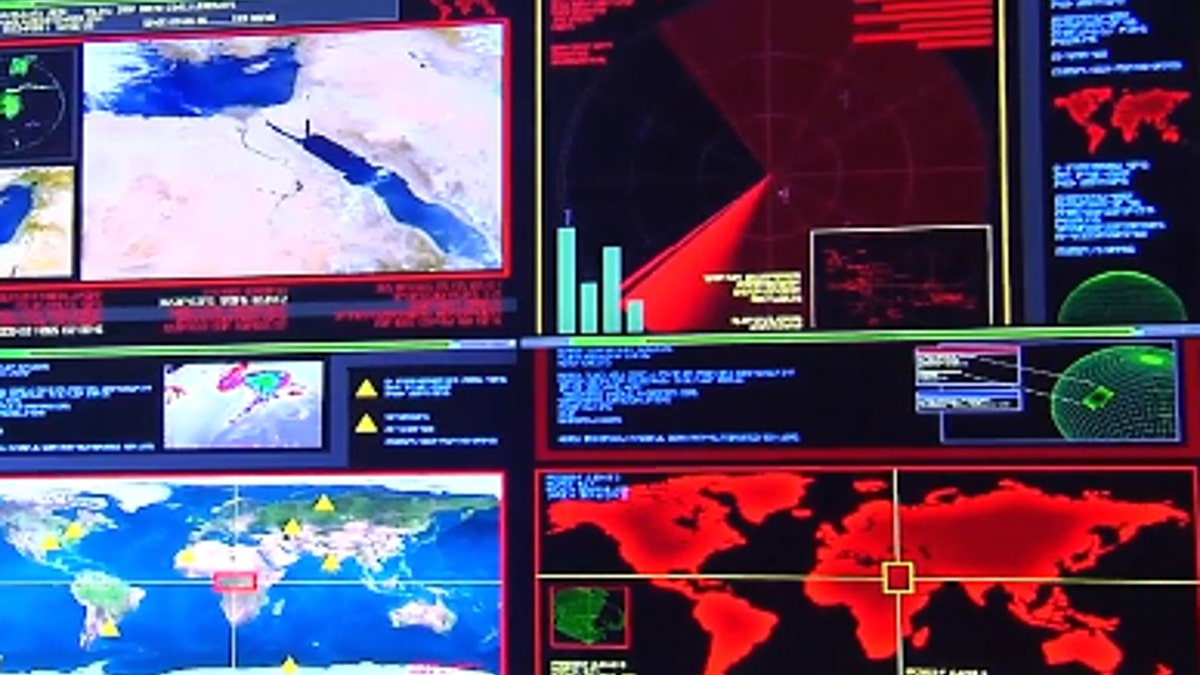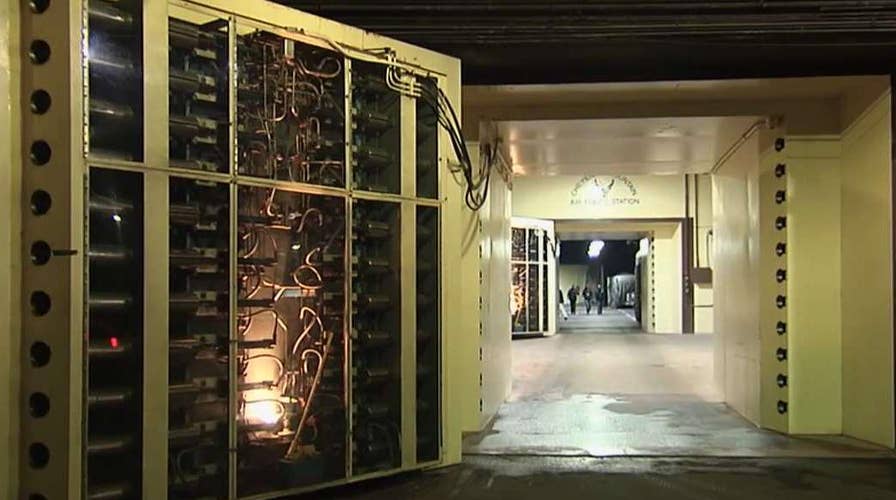Inside most fortified military installation in North America
Fox News takes you inside Cheyenne Mountain, the unseen outpost where our nation keeps its eyes on the world's bad actors.
COLORADO SPRINGS, Colo. – Deep within the most fortified military installation in North America is a 15-building complex that protects the world from ongoing terror threats.
The Cheyenne Mountain Complex in Colorado Springs, long dubbed “America’s fortress,” is a bunker like no other. It sits 2,000 feet below solid granite, hidden deep in a mountain, and was built to withstand any type of threat.
Inside, workers analyze surveillance systems all across the world, and in space, and send the data to decision makers at the Pentagon to assess threats and determine how to deal with them.
The facility, built during the Cold War, has now taken on new prominence after President Trump announced this week that the U.S. will abandon the Iran nuclear deal. The announcement prompted an immediate response from the head of Iran's parliamentary committee on national security, who said the rogue nation will continue developing its ballistic missile program.
Inside this fort, which can withstand a nuclear, biological or electromagnetic disaster, scientists are preparing for the worst – and making sure the world is safe. Sophisticated screens allow the men and women inside to monitor the air space of Canada and the United States.
"We have two 25-ton blast doors to protect the inner workings of the complex," said Col. Robert Moose, who is in charge of all support operations, maintenance and testing inside Cheyenne Mountain.
The complex was built in the 1960s – the height of the Cold War – when the threat of a nuclear attack by Russia was a chilling reality.
Because of ongoing threats, the Cheyenne Mountain complex is a 24/7 operation and can go into lockdown mode at a moment’s notice. The facility is a completely self-sufficient city inside a mountain.

The Cheyenne Mountain Complex in Colorado Springs, long dubbed “America’s fortress,” is a bunker like no other. It sits 2,000 feet below solid granite, hidden deep in a mountain, and was built to withstand any type of threat.
"We have food, water, sewage, power, everything we'd need in order to survive for an extended period of time," Moose said.
The buildings were constructed on top of massive springs designed to act as shock absorbers in case of any seismic event. Impenetrable from the outside, the bunker can resist any electromagnetic pulse, even a nuclear attack.
Despite Cold War fears easing since the 1950s and 1960s, the mood in the United States is still tense, highlighting how critical the Cheyenne Mountain complex is to the U.S. and its allies.
Moose said because of North Korea’s recent ballistic missile launches and the uncertainty of what will happen with Iran, the mission of the workers at the complex has taken on a new sense of urgency.
"What they do day in and day out and what it means to our country really resonates with them," he said.

Inside the complex, workers analyze surveillance systems all across the world, and in space, and send the data to decision makers at the Pentagon to assess threats and determine how to deal with them.
In order to stay sharp, they run drills within the mountain almost constantly.
But, they still keep a close eye on any usual activity and potential threats. If someone launches a missile aimed at the U.S., they would be among the first to detect it.
"If that were to occur, we're ready,” Moose said. “If it's the worst day in American history, the airmen that are on duty are ready at a second's notice to react and do what's necessary to protect America."























